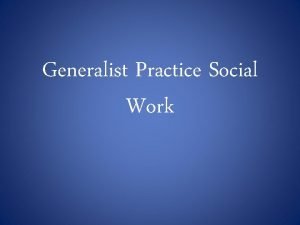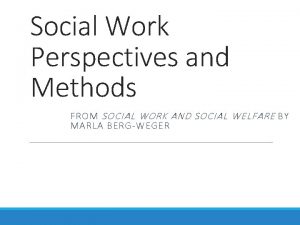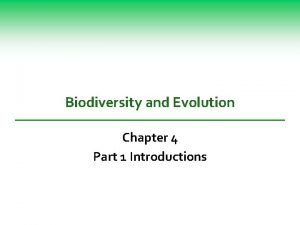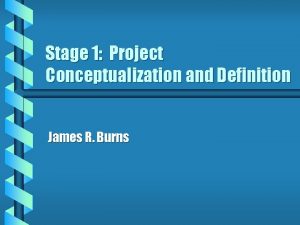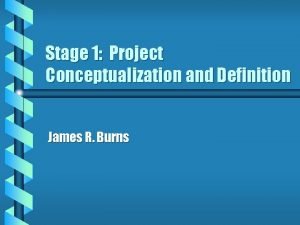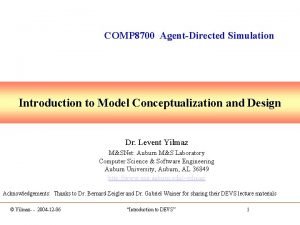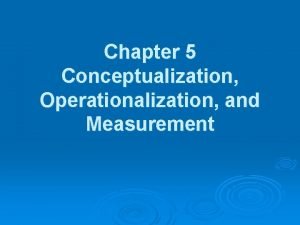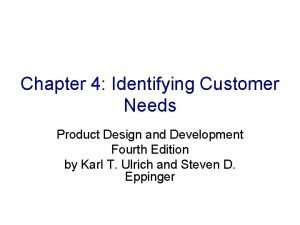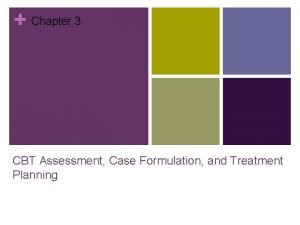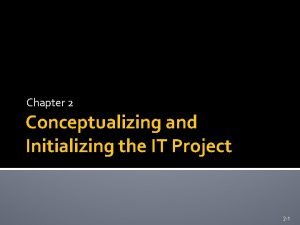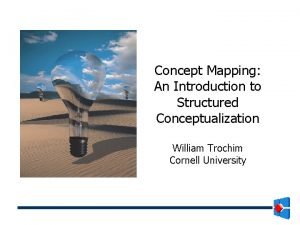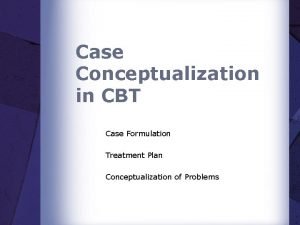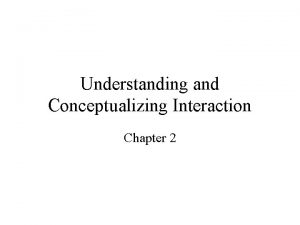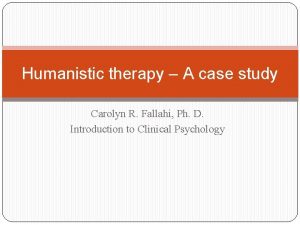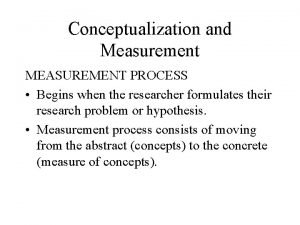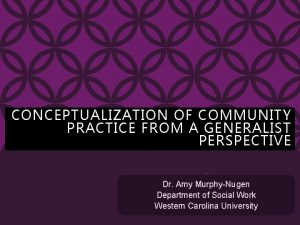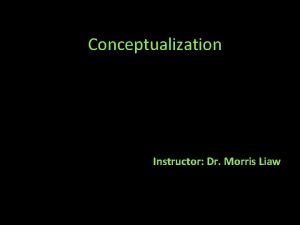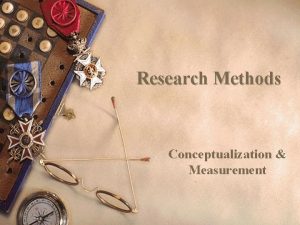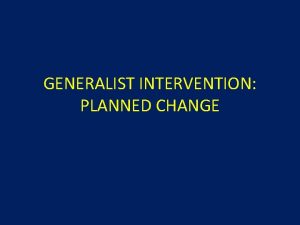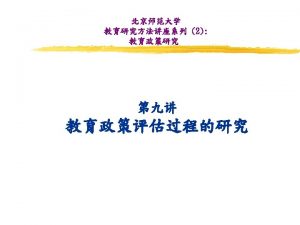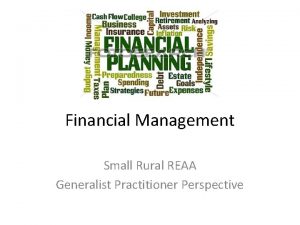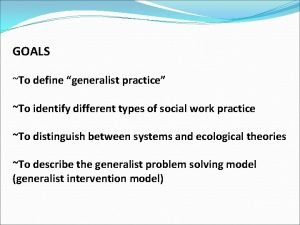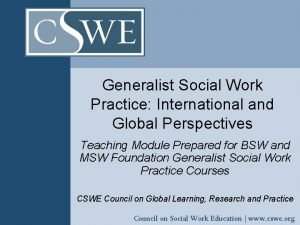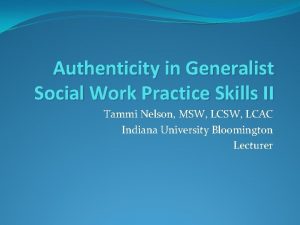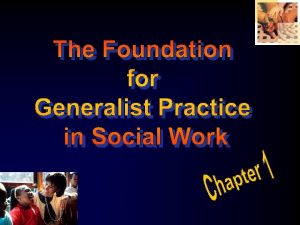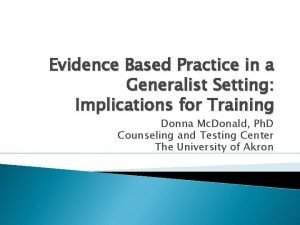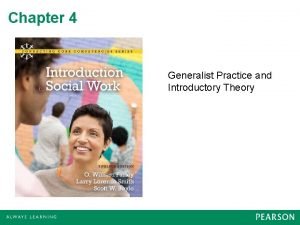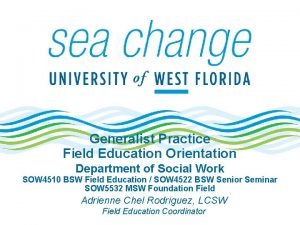CONCEPTUALIZATION OF COMMUNITY PRACTICE FROM A GENERALIST PERSPECTIVE


















- Slides: 18

CONCEPTUALIZATION OF COMMUNITY PRACTICE FROM A GENERALIST PERSPECTIVE Dr. Amy Murphy-Nugen Department of Social Work Western Carolina University

LEARNING ACTIVITIES Generalist practice refresher Defining community Defining and understanding the concepts of community practice The strengths-based perspective in relationship with community practice Social workers in community practice Case study: Competency-building application

GENERALIST PRACTICE “REFRESHER”” Work with individuals, families, groups, communities, organizations in a variety of social work and host settings Strengths perspective Evaluate service outcomes to continually improve service delivery & client outcomes Recognize, support, and build upon the innate capabilities of all human beings. Engage, assess, broker services, advocate, counsel, educate & organize with & on behalf of client & client systems Engage in community & organizational development

DEFINING COMMUNITY As a matter of geography of r e att ive m a lect hips s A col ns k) o ati twor l e r ne ( A ide s a nti ma ty/ tte int r o ere f sts (Netting, Kettner, Mc. Murtry, & Thomas, 2017)

POSITIVE OUTCOMES OF COMMUNITY Gemeinschaft Collective efficacy Social capital • Loyalty, kinship, strong ties • A community’s ability to organize its resources to attract positive forces or mitigate negative ones • Definitions differ, but resources that one can draw on via the social networks that one is a part of (Tönnies, 2001; Lin, Cook, & Burt, 2008)

ENHANCING COMMUNITY COMPETENCE Commitment to each other Self-awareness of shared values/interests Openness in communication Wide participation in community decision making (Fellin, 2001)

CONCEPTUAL COMMUNITY FOUNDATION Horizontal Structures Vertical Structures Reciprocit y Social Exclusion (Hardcastle, Powers, & Wenocur, 2011)

CONCEPTUAL COMMUNITY FOUNDATION Horizontal Structures Vertical Structures (Hardcastle, Powers, & Wenocur, 2011)

CONCEPTUAL COMMUNITY FOUNDATION Reciprocity Social Exclusion (Hardcastle, Powers, & Wenocur, 2011)

WARREN’S CONCEPT OF COMMUNITY Space People Shared values & institutions Interaction Distribution of power Social system (Netting, Kettner, & Mc. Murtry, 2017))

WARREN’S FUNCTIONS OF COMMUNITY Production, distribution, & consumption • Designed to meet people’s needs, including the most basic of food, clothing, shelter Socialization • Guides prevailing norms, traditions, and values of community members Social control • Process by which community members ensure compliance with norms & values Social participation • Interaction with others in community groups, associations, and organizations Mutual support • Function that families, friends, partners, neighbors, volunteers, professionals carry out when they care for sick, unemployed, distressed (Hardcastle, Powers, & Wenocur, 2011; Mc. Knight, 1995; Warren, 1975)

UNDERSTANDING THE COMMUNITY TO CREATE CHANGE The World as it Ought to be Need s Values Resources Actors Interest s Power The World as it is (Kansas University, Work Group for Community Health and

TWO TYPES OF POWER Power With (Relational) Power Over (Linear) (Loomer, 1976)

CPR, STRENGTHS PERSPECTIVE P: promise & possibilities C: capacities, competencies, character (Saleeby, 2000) R: resiliency, resources, reserves

SOCIAL WORK ROLES IN COMMUNITY PRACTICE (HISTORICAL) Settlement House movement Charity Organization Society • Located in neighborhoods with high poverty rates, focused on providing support (groups, classes, childcare, etc) to neighborhood residents • Goal to have “rich” and “poor” living in close proximity • Learn more: http: //www. unionsettlement. org/history • Worked in large urban areas in “scientific” ways, forerunner to United Way

SOCIAL WORK ROLES IN COMMUNITY PRACTICE (MODERN) Community planning = http: //www. ashevillenc. gov/Departments/Pla • nningand. Urban. Design. aspx Examine needs that exist in a community and identify means of addressing the deficits • Not conflictual Community development = https: //www. mountainbizworks. org/ • Use entrepreneurial skills to build or a strengthen a financial base in a community; may also work to develop social service programs, educational programs, etc • Not conflictual Community organizing = http: //justeconomicswnc. org//; Moral Monday Movement, http: //www. naacpnc. org/home • Engage community members in mobilizing forces to increase power, fight oppression and injustice • More likely to be conflictual

CASE STUDY: COMMUNITY ASSESSMENT Best job in the neighborhood—and they own it: Worker co-ops expanding despite rust-belt economy Susan Arterian Chang Yes! Magazine Fall 2011

REFERENCES Chang, S. A. (2011). Best job in the neighborhood and they own it: Worker co-ops expanding despite rust-belt economy. Retrieved from http: //www. yesmagazine. org/issues/new-livelihoods/best-job-in-theneighborhood-and-they-own-it Fellin, P. 2001. The community and the social worker. Itasca, IL: Peacock. Kansas University, Work Group for Community Health and Development. (2016). Community tool box. Retrieved from http: //ctb. ku. edu/en/learn-skill Lin, N. , Cook, K. , Burt, R. S. (2008). Social capital: Theory and research. New Brunswick, NJ: Transaction Publishers. Loomer, B. M. (1976). Two kinds of power. Criterion, 15(1), 11 -29. Mc. Knight, J. (1995). The careless society: Community and its counterfeits. New York, NY: Basic Books. Netting, F. E. , Kettner, P. M. , Mc. Murtry, S. L. , & Thomas, M. L. (2017). Social work macro practice (6 th ed. ). Boston, MA: Pearson. Saleebey, D. (2002). Power in the people. In D. Saleebey , The strengths perspective in social work practice (3 rd ed. ) (pp. 1 -22). Boston: Allyn and Bacon. Tönnies, F. (2001). Community and civil society. J. Harris (Ed. ). New York, NY: Cambridge University. Warren, R. (1975). A community model. In K. Kramer and H. Specht (Eds. ), Readings in Community Organization Practice (2 nd ed. ). Englewood Cliffs, NJ: Prentice-Hall.
 Eclectic knowledge base
Eclectic knowledge base Berg-weger practice of generalist social work download
Berg-weger practice of generalist social work download Generalist species
Generalist species Specialist species
Specialist species Generalist species
Generalist species One point perspective hallway
One point perspective hallway Silo perspective vs business process perspective
Silo perspective vs business process perspective Project conceptualization
Project conceptualization Conceptualization stage
Conceptualization stage Model conceptualization in simulation
Model conceptualization in simulation Nominal and operational definitions
Nominal and operational definitions Product conceptualization identify customers need
Product conceptualization identify customers need Cbt problem list example
Cbt problem list example Conceptualize and initialize project
Conceptualize and initialize project Housing continuum
Housing continuum Case conceptualization example cbt
Case conceptualization example cbt Conceptualizing interaction
Conceptualizing interaction Humanistic therapy examples
Humanistic therapy examples Conceptualization and measurement
Conceptualization and measurement
